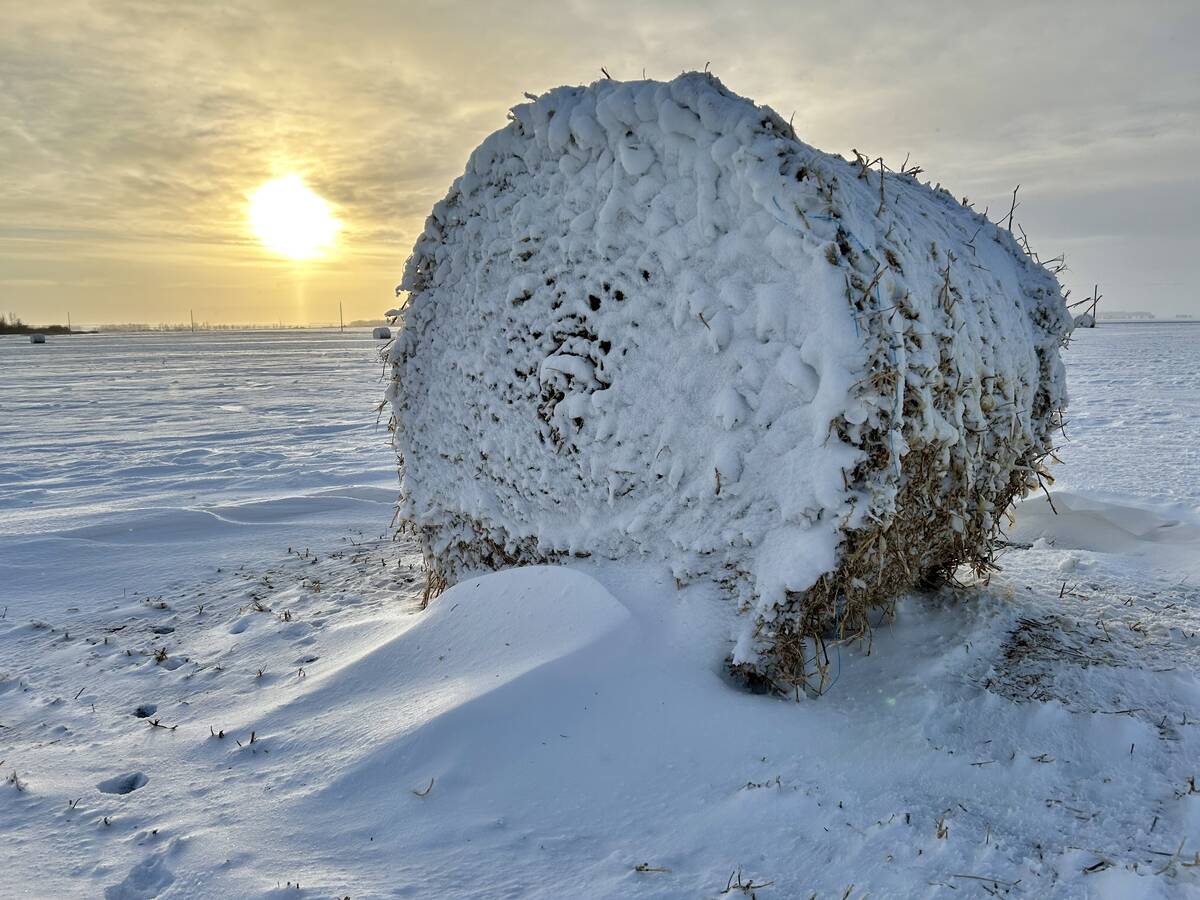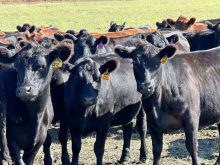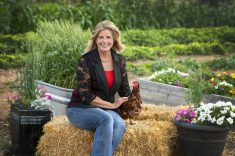With the ever-evolving trade situation south of the border, farmers will be looking to other markets with less volatility.
Barley tea is a popular staple in many Asian nations and presents an opportunity for Canadian growers to consider a newer Alberta-made barley variety called AB Standswell.
“Barley tea is the third largest drink in Asia, behind milk and beer,” said Bob Mastin of Mastin Seeds, who is marketing the bushy semi-dwarf six-row barley that was developed by the Western Crop Initiative at Lacombe, Alta.
Read Also

Prairie winter snowfall forecast 2025-2026
How much snow should farmers in Alberta and elsewhere on the Canadian Prairies expect for the rest of December 2025 and into January-February 2026?
The drink is made from roasted barley, and proponents claim numerous health benefits, ranging from weight loss to digestive relief. It is considered a staple (both hot and cold) in homes in Japan, China, Japan and Korea, offering both a high fibre content and a nutty, mild taste.
“I don’t know how long Japan has been coming to Canada for barley, but I know it’s been at least 40 years for the barley tea market, and they were probably using something before Legacy barley before that, so it’s not a fly-by-night or a hit and miss. They’ve been here for (at least) 40 years and they’ll probably be here for another 40 years,” said Mastin.
Last year was the first season AB Standswell was readily available on the market.
As a seed grower with 47 years of experience and a farmer in a livestock-producing region, Mastin likes to focus on early maturing and forage varieties.
“Standswell is good for both grain and forage. It’s a really good option for dairy farmers that want a concentrated nutritious silage blend,” said Mastin.
“Plus it’s drought tolerant, nitrogen-efficient and lives up to its name by standing strong and less prone to lodging.”
When working on a name for the variety, Mastin first thought of focusing on its nitrogen efficiency.
“Fertilizer prices doubled and then they doubled again, and I went ‘wow’, so I was thinking something like ABNitro or Nitro Max or Nitro Minimizer, based on nitro efficiency, but thought it might not be a name that sticks if fertilizer prices went down,” said Mastin.
“But farmers are always looking for something that stands up. Now, barley is one of the worst crops for lodging, and this isn’t perfect. I didn’t call it Standsperfect, but I called it Standswell, and it does.”
A major Japanese company has reached out to Canada in search of a barley variety alternative for making the tea.
“Currently, they’re using Legacy barley,” Mastin said.
“But that’s an older variety, and so buyers are hoping to find a new six-row that could replace it and give growers higher yields.”
Mastin has already sent the prospective buyers a small sample of Standswell barley for testing and received favourable feedback. He followed up by sending them a tote with a tonne of barley for further testing.
“If that goes well, they will be back looking for more than 3,000 to 5,000 metric tonnes in the fall (130,000 to 200,000 bushels),” said Mastin.
“The market for Standswell may grow substantially very quickly after that, so it’s a great opportunity for farmers willing to try the variety.”
Reports from growers who have already used Standswell are positive about its high yields. The variety has also generated attention for its nitrogen and water-use efficiencies.
On average, Standswell uses nine per cent less nitrogen than the average barley. It also has a plumper seed to go with its smooth awn, which makes it ideal for swath grazing, greenfeed or silage.
“With the Trudeau government, when they were really trying to be green, they brought out a mandate, the farmers have to cut back on nitrogen by 30 per cent by 2030. This is a good start to get there, this is a third of the way there,” said Mastin.
Those increased yields from Standswell are significant — Mastin says they are 30 to 40 per cent more than Legacy based on reports from farmers who used it in 2024, along with very impressive test runs in 2023.
“A few farmers that grew it said it was their highest-yielding variety,” said Mastin.
“In 2023, when I was trying to multiply it up, I got hit with 19 per cent hail in the middle of August. That was so late, there was no chance for it to recover before harvest. I still got 130 bu. an acre. My jaw dropped. It was really, really impressive. It performs.”
In addition to all these traits, Standswell also has a slightly higher nutrient content, along with higher digestibility, making it ideal for a dairy ration, and is probably why the Japanese are interested in it for making barley tea.
Mastin believes that in order to secure a contract in Asia, it will be important to ensure adequate supply, which is why he’s looking for seed growers and farmers interested in growing the variety this spring.
“It could become a great market for Canadian barley producers,” he said.
“Wouldn’t that be nice to have a market we don’t have to worry about tariffs and duties? Hopefully, we can do enough business with them that they can actually then be marketing into China and Korea.”















